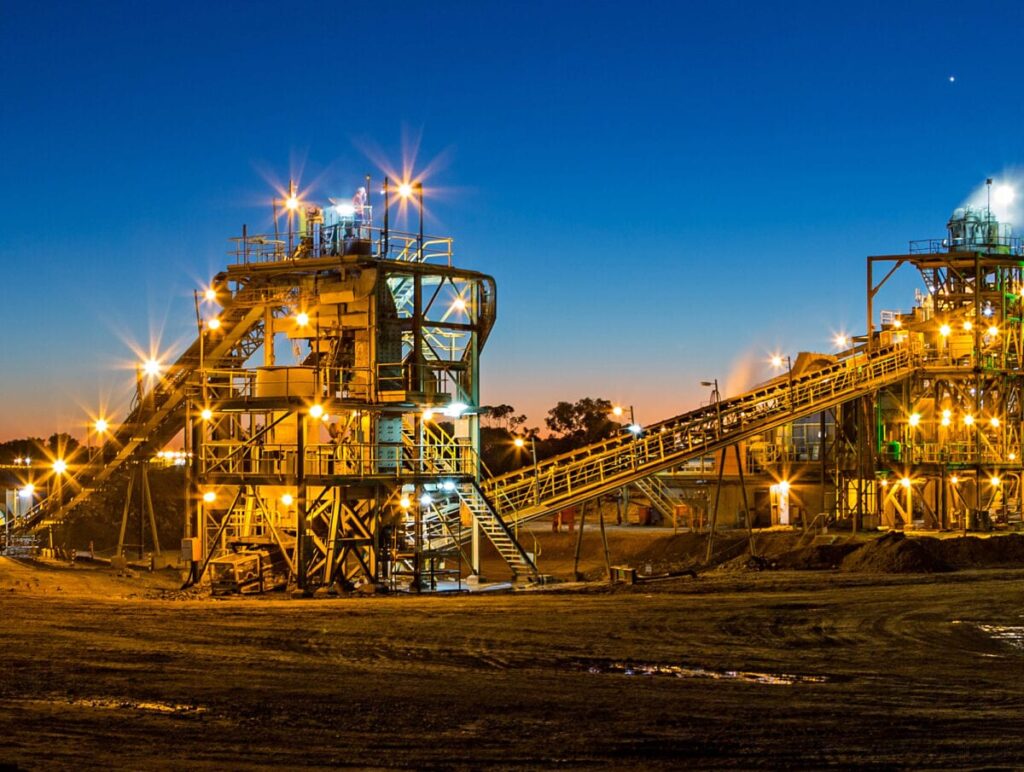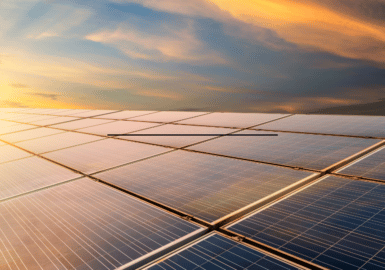
· Copper supply impacts various industries that lead to the development of the economy. These industries include the transportation sector, renewable energy sector, construction and electronic sector.
· Copper storage systems ensures stable and frequent supply of copper. for the various industries to avoid impacts in he pricing.
Copper is a material used in the adoption of the clean energy technologies. It is a red, tough, ductile and flexible material that can conduct electricity and heat. It is available in the earth and extracted through mining and stored in copper reserves. The main copper reserves are in China, Chile and Peru. This concentration affects the supply of copper in the clean energy. This is often affected by the geopolitical issues and conflicts. Copper is recyclable and has various applications in different sectors. This includes the manufacturing and transportation sector. Copper helps enable the renewable energy applicable in promoting clean energy.
Conductor hardware supports and connects conductors in the power systems. They include devices like formed wire, splice connectors, lug & terminals. Conductor hardware creates an electrical connection between parts of an electrical circuit. It then combines them into one large one. The devices help in the installation of other devices and applications. Conductor hardware is from materials resistant to different weather conditions.
Role of innovation in addressing copper supply constraints
As the adoption to the use of renewable energy grows, the demand for more copper has also grown. This demand growth has led to supply constraints. The growing demand can prove to be a challenge in the transition to green energy. Innovation plays an important role in addressing the supply constraints. This supply is for use related to copper in the green transition. This involves finding ways to extract, reduce and recycle copper. Innovation can ensure a stable supply of copper and speed up the transition to a greener future. Conductor hardware ensure that cables and wires run in their predetermined lines. this ensures the electric current flows in a straight line. The various innovation techniques include:
· New ways to extract copper from existing resources.
This is technologies that extract copper from waste materials. These technologies were before considered inefficient to extract. This processes help increase the supply of copper. Increased supply reduces the reliance on high grade copper minerals.
· Reduce the amount of copper needed in green energy technologies
Research has been undergoing on the use of new materials. These new materials could replace copper in certain applications. New designs help reduce the amount of copper needed in existing technologies.
· Recycling and reuse of copper
Copper is recyclable and reusable in production of new products. Recycling copper and reusing can help reduce the growing demand of copper and its use. Innovations in recycling has advanced making the process more efficient and cost effective. This leads to the adoption of copper recycling.

Implication of copper storage
After the extraction of copper, it stores in reserves to help control demand of the material. The ability to store copper impacts the availability and pricing of copper. This availability and supply also has economic and environmental implications. Conductor hardware should be from materials similar to the conductors. This helps to prevent abrasion caused by friction from strong winds. the various implications of copper to the clean energy are as discussed below.
1. Renewable energy sector
Copper is an essential element in the energy storage systems such as batteries. The availability of copper impacts the scale and deployment of energy storage technologies. Operational copper storage helps ensure a stable supply of copper.
2. Construction industry
Copper storage impacts the availability and pricing of copper. This then affects the price of copper pipes, wiring and other building materials. Operational copper storage helps ensure a stable supply of copper for such applications. This is essential in maintaining the safety and efficiency of building and infrastructure.
3. Transportation sector
Copper works in the manufacture of electric vehicles and other cars. This depends on the availability and supply of copper. Copper impacts the scale and deployment of such vehicles. Copper storage ensures stable supply of copper for such operations when needed. This supply is despite the demand growth. This also help since the adoption of electric vehicles on larger scale.
4. Electronic industry
Copper impacts the production of microchips and other electronic components. The storage for copper impacts the supply and pricing for such applications. Stable supply ensures proper functionality of the electronic devices.
